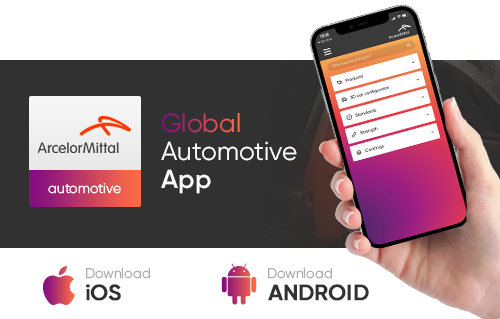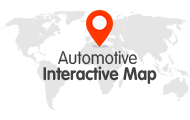Products
Product pages available in
EN - DE - FR - ES
Sustainability
News, events and stories
Tailored Blanks services
ArcelorMittal’s Tailored Blanks division leads the world in laser welded blank (LWB) technology. The group operates LWB production facilities in all major car-producing regions of the world. Our global footprint allows Tailored Blanks to provide consistent LWB quality wherever the customer is located.
ArcelorMittal Tailored Blanks is supported by ArcelorMittal’s world-class Global R&D centers and extensive international distribution network.
Tailored Blanks works closely with customers to design cost-effective, lightweight LWB parts which:
- Reduce the total cost of production by improving material utilization and consolidating parts
- Reduce part weight through gauge and grade optimization
- Increase body stiffness for a more comfortable ride
- Enhance crash and safety performance while improving the fuel economy of the vehicle
At the same time, manufacturing, material, and transport costs are reduced to enhance the competitive position of OEMs.






